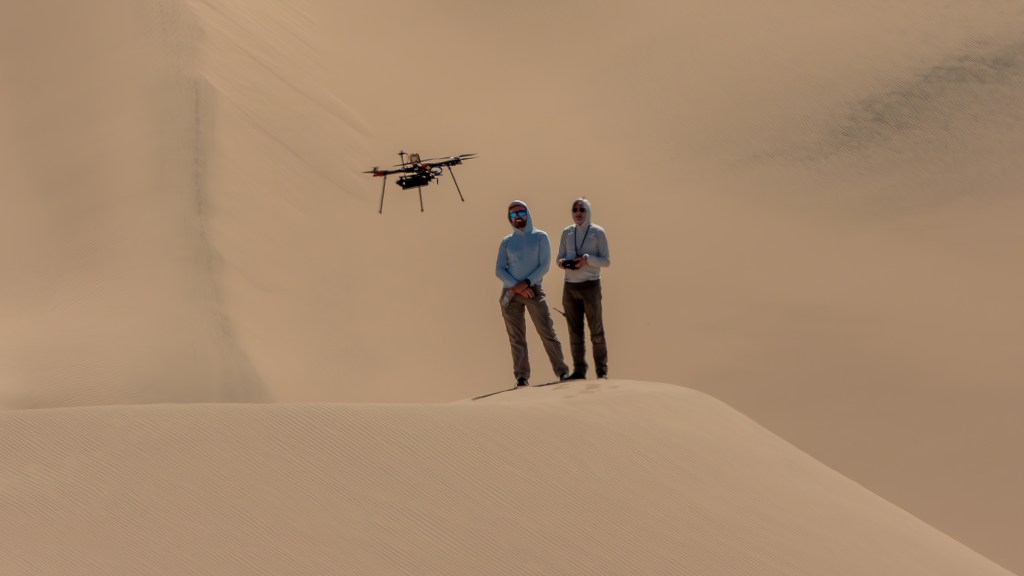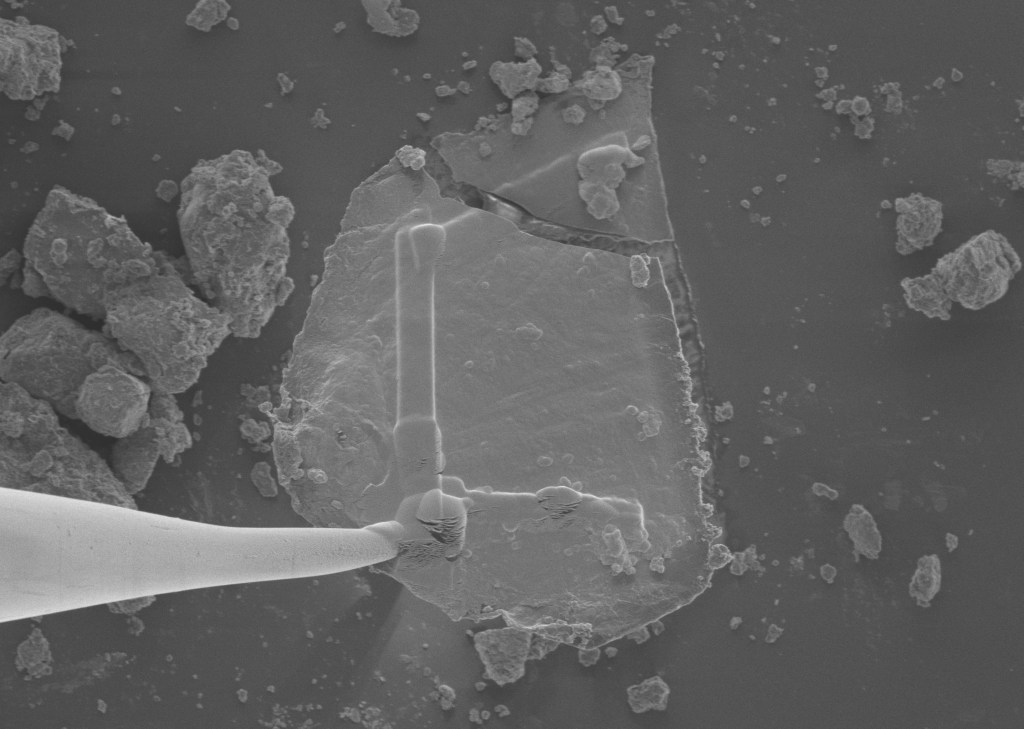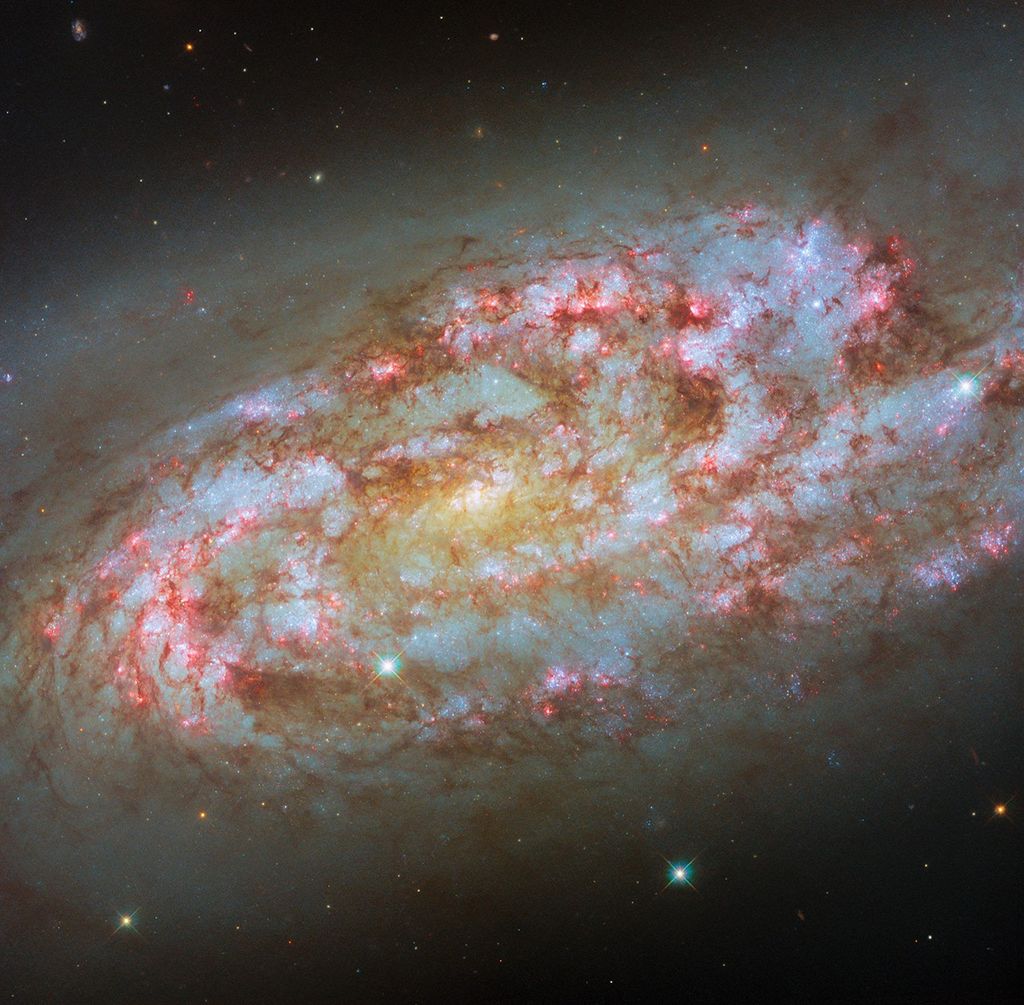Advanced Colloids Experiment-Temperature Control-1 (ACE-T-1)
Science Objectives
Advanced Colloids Experiment-Temperature Control-1 (ACE-T-1) studies tiny suspended particles which have been designed by scientists to connect themselves in a specific way to form organized structures within water. Materials having complex structures and unique properties potentially can be made with more knowledge of how these particles are joined together and the conditions which control their behaviors.
The particular type of particles used in ACE-T-1 are referred to as Janus particles, named after the two-faced Roman god Janus because these particles may be said to have "two faces" since they possess two distinct types of properties. The Janus particles being studied have one half of their surface composed of hydrophilic groups (which interact with water) and the other half of hydrophobic groups (which are repelled from water).
The microgravity environment on the International Space Station (ISS) provides researchers insight into the fundamental physics of micro-particle self-assembly and the kinds of colloidal structures that are possible to fabricate. This, in turn, helps manufacturers on Earth choose which high-value material is worth investigating.
Status
Delivery to the International Space Station via NG-16
Experiment Description
Self-assembly has been explored as a novel strategy for making new functional materials with unique physical, chemical, and mechanical properties in various fields. To date, many assembly building blocks and techniques have been introduced from molecular to meso-scale, which rely on chemical and physical driving forces.
Janus particles are named after the two-faced Roman god Janus because these particles may be said to have "two faces" since they possess two distinct types of properties. These particles are considered as a favorable building block to make various structures. On Earth, their configurations are confined by gravity to form 2-D structures (when the particle concentration is not so high that they stack). However, to achieve complex 3-D structure in self-assembly requires further complexity in particle shapes. Several techniques were reported in literature providing variety in shapes but, it is still difficult to make 3-D shapes such convex or concave particles. In space, microgravity allows Janus particles to form unique 3-D structures.
The Janus particles being studied have one half of their surface composing of hydrophilic groups and the other half of hydrophobic groups. Advanced Colloids Experiment-Temperature control-1 (ACE-T-1) lays the foundation for future ISS work with smaller particles to study the kinetics driving self-assembly (in the absence of sedimentation).
Space Applications
Observing colloidal interactions without the influence of gravity provides new insight into how unhindered particles form network and structures. Results from ACE-T-1 lays a foundation for understanding this mechanism. Very small scale self-assembly of materials can be an efficient method to build new materials and equipment in space.
Earth Applications
The ACE-T-1 investigation seeks to answer fundamental questions about behaviors of colloids, helping scientists to understand how to control, change, and even reverse interactions between tiny particles. This knowledge is crucial for developing self-assembling, self-moving, and self-replicating technologies for use on Earth. It is anticipated that this novel fabrication approach can be applied to produce novel functional material in various applications such as self-assembly, photonics, diagnostics, and drug-delivery.
































